Sonic the Hedgehog was first introduced to gamers worldwide on 23 June 1991 and, since then, has become not only SEGA’s most enduring and popular character but also a beloved videogame icon and, in keeping with tradition, I will be dedicating the entire month to celebrating SEGA’s supersonic mascot.
This review has been supported by Chiara Cooper.
If you’d like to support the site, you can do so at my Ko-Fi page.
Released: 23 June 2022
Developer: Sonic Team
Also Available For: Nintendo Switch, PC, PlayStation 4, PlayStation 5, Xbox One, Xbox Series S
A Brief Background:
Sonic the Hedgehog is no stranger to ports and compilations; over the years, there have been more conversations and re-releases of Sonic’s many adventures than you can shake a stick at, which has often been a point of contention within the Sonic fan community. Sonic’s 16-bit adventures were first packaged together in Sonic Compilation (SEGA, 1997), but one of the most memorable collections of his classic titles was Sonic Jam (Sonic Team, 1997), which gave us our first taste of 3D Sonic, and his games (particularly his 16-bit ventures) have been featured in numerous collections for a variety of platforms over the years, to say nothing of being ported and enhanced with additional features. Following the success of Sonic’s live-action debut, Sonic Team’s head honcho, Takashi Iizuka, announced the development of a new release of his most famous 16-bit titles for modern consoles, one that would incorporate the new features seen in the Christian Whitehead ports. While some previously unreleased Sonic titles were still unfortunately missing, compromises had to be made regarding some of the original music, and fans were unhappy with SEGA’s choice to hide some features behind downloadable content (DLC), Sonic Origins was mostly met with positive reviews. Reviews praised the nostalgia evoked by the compilation and the additional modes and features on offer, though the price tag and the bare bones content were both heavily criticised. Some of these addressed were addressed, however, when it was revealed that the game and all its DLC would be getting a physical release alongside even more content, including a bunch of Sonic’s Game Gear titles and even the ability to play as Amy Rose.
The Review:
Sonic Origins is a high-definition re-release of four classic Sonic games: Sonic the Hedgehog (Sonic Team, 1991), Sonic the Hedgehog 2 (SEGA Technical Institute, 1992), Sonic the Hedgehog CD (SEGA, 1993), and Sonic the Hedgehog 3 & Knuckles (ibid, 1994), each of which I have previously covered in-depth. As ever, the controls and mechanics are simple and intuitive: you can bust open Doctor Eggman’s Badniks with the Super Sonic Spin Attack, dash along at high speeds with either the Spin Dash or Super Peel-Out, and can reach new areas with characters like Miles “Tails” Prower and Knuckles the Echidna, who can fly, swing, glide, climb walls, and bust through certain walls, respectively. Sonic is also afforded different abilities depending on the game; in Sonic CD, he can time travel by passing special signposts and picking up speed and in Sonic 3 & Knuckles he can pull off an Insta-Shield, flame burst, bubble bounce, or double jump by tapping the jump button again and when protected by an elemental shield. Sonic Origins adds some of these abilities, and others, to other games as well; for example, Sonic can perform his Drop Dash move from Sonic Mania (Christian Whitehead/PagodaWest Games/Headcannon, 2017) in every game and inputting the classic Sonic 1 cheat code will allow you to activate elemental shields in that game. Tails can also carry Sonic both in co-op and when playing solo; though his flight is limited, he can now fly in every game and can even be teamed with Knuckles in Sonic 2. As ever, players will find that each game offers different routes, aesthetics, and even different bosses (in Sonic 3 & Knuckles) when playing as Knuckles, though he’s sadly and inexplicably absent from Sonic CD. Although the core gameplay isn’t changed – players protect themselves from death by grabbing Golden Rings; 100 grants an extra life and monitors are strewn all over the levels (referred to as “Zones”) that offer speed ups, extra rings and lives, invincibility, and protective shields – the traditional life system has been abandoned when playing the game’s “Anniversary” mode. In this mode, when you die, you simply restart with no penalties and any monitors or life-granted bonuses now award you Coins to be spent unlocking music, artwork, and movies.
In the Anniversary editions of the games, all three characters can be played as with the exception of Sonic CD; games that allow you to team Sonic or Knuckles with Tails allow for co-op play, though this is often more of a hinderance. The Anniversary editions not only do away with the life system but also present the games in widescreen, though the classic editions are exactly as you remember them, 4:3 ratio, life system, and all. Each game is broken into a number of Zones with anywhere between one and three “Acts” per Zone; Zones are littered with Dr. Eggman’s Badniks (quirky mechanical animals that fire shots at you, roll into you, explode in a shower of spikes, or send blades spinning your way) and defeating them nets you points and either frees a cute little woodland critter or plants a beautiful flower. Zones are also filled with a variety of hazards, from spikes, flames, bursts of freezing cold, and instant death traps like bottomless pits and crushing weights. One of your biggest adversaries will be water; while Tails is able to doggy paddle for faster movement, none of the characters can breathe underwater, requiring you to grab an air bubble, elemental shield, or reach the surface before the ominous timer counts down. Generally, you’re required to do little more than race to the end of the Act to win but you’ll sometimes have to press switches, bounce around in pinballs, or use pulleys to progress, and you’ll only achieve 100% completion of Sonic CD by travelling back to the past and creating a Good Future. At the conclusion of a Zone (or Act in Sonic 3 & Knuckles), players will battle against one of Dr. Eggman’s mechanical creations or against the mad scientist himself. Dr. Eggman is generally piloting his Egg-O-Matic, which is a versatile killing machine that sports increasingly dangerous appendages, from a swinging wrecking ball to dumping chemical waste to a large mech with bumpers for arms and a heavily armoured pod that can only be damaged by his own spiked balls. Dr. Eggman’s creations are equally formidable; many different robots oppose you in Sonic 3 & Knuckles, including a earthquake-inducing drilling machine, an iceball-spitting robot, a massive stone guardian, and a one-eyed, laser spewing droid protected by erratic spiked platforms! You’ll also have to content with a number of metallic Sonic duplicates: the Mecha Sonic defends its master aboard the Death Egg in Sonic 2, you’ll race Metal Sonic to the death to rescue Sonic’s number one fan, Amy Rose, in Sonic CD, and Knuckles has to contend with Mecha Sonic Mk. II in Sonic 3 & Knuckles. Knuckles himself is also fought in this game in the Hidden Palace Zone when playing as Sonic and/or Tails, matching you blow for blow, and defeating these bosses generally allows you to score extra points from a falling sign post or free a whole bunch of captive animals.

While it’s pretty simple to blast through the Zones and finish them in record time, an extra level of challenge awaits in the form of Special Stages; by collecting fifty Rings and finishing an Act in Sonic the Hedgehog and Sonic CD, passing a Starpost with fifty Rings in Sonic 2, and hopping into a Big Ring in Sonic 3 & Knuckles, you’ll be transported to a bizarre extra stage where you’re tasked with navigating a swirling maze, racing against a time limit to destroy UFOs, blasting along a surreal halfpipe, or collecting Blue Spheres to acquire either the Chaos Emeralds or the Time Stones. In Sonic the Hedgehog and Sonic CD, this simply results in you receiving the best ending but, in Sonic 2 and Sonic 3 & Knuckles, it’ll also allow you to power-up into your Super form, making you completely invincible to everything but bottomless pits and being squashed and giving a massive speed boost for as long as your Rings last. Using the Sonic 1 cheat code, you can input an additional Special Stage and Chaos Emerald into the original game, thus allowing you to access your Super form, and Sonic 3 & Knuckles again expands on this with the Super Emeralds, which allow Sonic and Knuckles to become even more powerful in their Hyper forms, and by requiring you to have at least the seven Chaos Emeralds to challenge the hidden final area, Doomsday Zone. You can also enter Bonus Stages in this game to earn extra lives, continues, and power-ups and there are opportunities to mess around a bit in each game, with Zones like Spring Yard, Casino Night, and Carnival Night offering lots of interactable gimmicks to rack up your score and Rings. Sonic 2 and Sonic 3 & Knuckles allow two players going head-to-head in a split screen mode, while Sonic CD offers time trials for you to test your skills; you can also freely play the Blue Spheres special stages at your leisure, unlock a Mirror Mode for each game that sees you playing in reverse, and all of the additional unlockables in Sonic CD are still available, though the developers saw fit to disable to cheat codes for Sonic 2.

So far, it’s all very familiar but Sonic Origins also offers a wealth of additional features. As mentioned, you can acquire Coins to unlock artwork, music, and movies; these include, much to my enjoyment, the animated Sonic Mania Adventures (Hesse, 2018) shorts, various promotional and development videos and artwork, and music from across all four games (and the entire series). Unfortunately, you’re unable to create custom playlists for any of the games, rendering the sound test more of a novelty than a feature; many of the tracks are also hidden behind paid DLC, which is a bit odd considering you can only listen to it and create a playlist for the menus. Each game is proceeded and followed by a gorgeously animated cutscene that adds new layers to the story, such as adding a seventh Chaos Emerald to the first game’s six, Tails being awestruck by Sonic as he races by, and the first meeting between Dr. Eggman and Knuckles; these are even more integral when you play the game in Story Mode, which sees you playthrough all four games back-to-back in one unbroken session. Other features inexplicably locked behind a paywall are additional animations for the gorgeous menu screens, which are arranged in 3D islands and will feature characters moving around in the background once purchased, and harder missions to tackle in the game’s Mission mode. These amount to a series of increasingly difficult obstacle courses and challenges in reconfigured areas of the games; you’re awarded Coins for beating them quickly, with an S-rank offering the highest reward, and will be tasked with such challenges as collecting a certain number of Rings, destroying or sparing Badniks, crossing moving or temporary platforms, finishing the area without any Rings, and more. These are, honestly, quite fun and a nice little distraction; it helps that you get to play as Tails or Knuckles to complete certain objectives and it can get pretty tough meeting the success criteria in time, with some missions asking you to travel through time multiple times, bounce off seesaws, keep Tails safe from harm, and battle tougher bosses. Also on offer is a boss rush mode, additional quality of life tweaks to the Anniversary editions (such as being able to quit and restart from the last checkpoint and spend Coins to retry Special Stages) and, best of all, the addition of a new ending graphic and the cut Hidden Palace Zone to Sonic 2! If you fall down the Mystic Cave Zone’s infamous pit, you’ll land in this fully playable Zone and even face off against an all-new boss battle, one that’s strangely difficult and more akin to the quirky bosses seen in Sonic CD. It’s a wonderful addition that I’m really grateful was carried over from the mobile version of the game, but I would have also liked to see Wood Zone included in some way as well.
There are thirty-five Achievements on offer in Sonic Origins and they’re painfully easy to acquire, which is good if you like to quickly rack up your gamer score but a little disappointing for lifelong Sonic players like myself. I’ve mentioned this before, but Rare Replay (Rare, 2015) really set a high standard for Achievements in game compilations, one I haven’t seen any other game collection even come close to, especially SEGA’s titles. Here, you’re awarded an Achievement for clearing each and all of the main games, defeating enemies and collecting Rings, turning into Super Sonic, and clearing ten missions for each game with an S rank. There is no benefit to collecting all of the Chaos Emeralds or Time Stones in every game as there’s no Achievements tied to this; you also only need to load up a Mirror Mode or Boss Rush to grab Achievements for playing those, rather than finishing them, and there are precious few quirky ones to strive for. Like, you get an Achievement for winning the race against metal Sonic but not for defeating Knuckles, and there’s no Achievement for discovering Sonic 2’s Hidden Palace Zone or clearing the Story Mode, which is a bit of a shame. Still, there’s a lot for your Coins to unlock in the Museum, if you like that sort of thing, and the Mission Mode adds a nice bit of spice to the collection. For some reason, I found Sonic 2’s missions much harder than the other games’, especially the missions that asked you to avoid projectiles and collect Rings in a reconfigured Sky Chase Zone. There are some fun additions in Sonic 3 & Knuckles, too, especially when transitioning from Launch Base Zone to Mushroom Hill Zone. However, yes, Carnival Night, Ice Cap, and Launch Base Zone all have new themes in them and no, I can’t say they’re good replacements, but I’m happy to compromise just to be able to play the game on modern hardware. There’s a remixed Super theme in the game as well, which is a little punchier, and I swear I saw some new sprites and inclusions that weren’t in the original game (though it has been a while since I played it). Finally, additional features have since been made available to the game, but these are not available at the time of writing. Once I receive a copy of the expanded game, I will comment on these extra features.
My Rating:
Great Stuff
What did you think to Sonic Origins? Were you disappointed by the game selection and the DLC? Were you happy to see these classic titles remastered for modern consoles? What did you think to the new additions and quality of life improvements? Were you disappointed by some of the missing content and the simplicity of the Achievements? Which Sonic compilation is your favourite, and which of the classic Sonic games is your favourite? Would you like to see the 16-bit gameplay of the classic games make a comeback or do you prefer the 3D titles? Whatever your thoughts on Sonic Origins, feel free to share them below and check out my other Sonic content across the site.






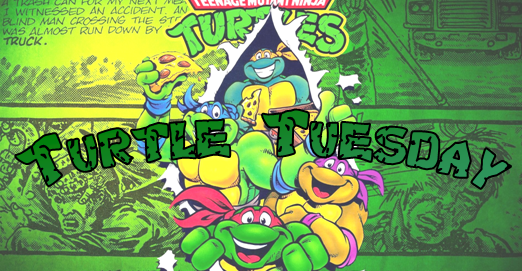








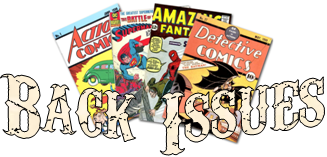

















































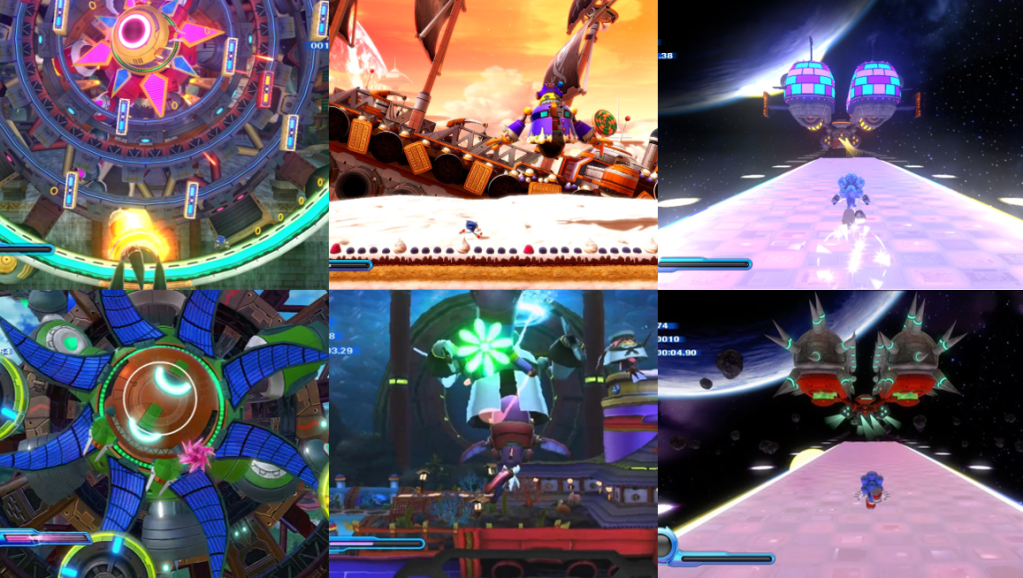



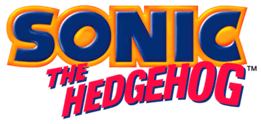



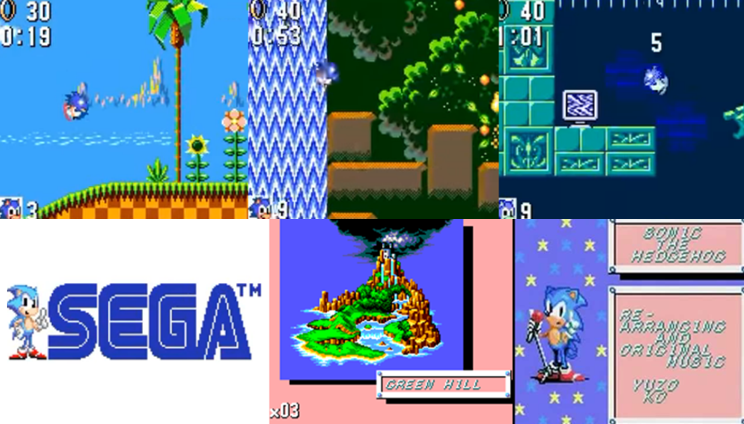




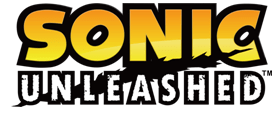













You must be logged in to post a comment.